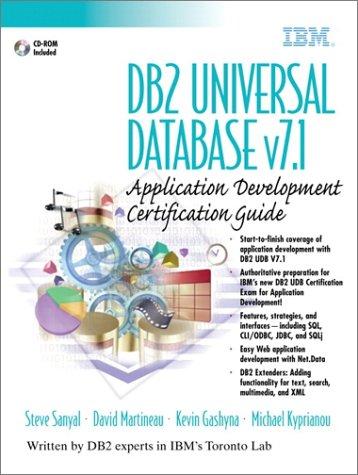Question
MATLAB question: The position of a two-link robot arm, given by the (x,y) coordinates of its endpoint, is controlled by the specification of two joint
MATLAB question:
The position of a two-link robot arm, given by the (x,y) coordinates of its endpoint, is controlled by the specification of two joint angles as shown. Let the lengths of the two links be L1 and L2; the first link makes an angle theta1 with the horizontal axis and the second link makes an angle theta2 with the direction defined by the first link. A set position of kinematics equations can be derived to relate the position (x,y) of the endpoint and the joint angles (theta1, theta2). In robotics, the position kinematics equations are used in two ways: 1) The forward kinematics problem: given joint angles, find the corresponding hand position, and 2) the inverse kinematics problem: Given hand position, find the corresponding joint angles. To control the robot, the inverse position kinematics equations need to be solved to obtain the joint angles ("the roots") as command inputs the controller to drive the robot to a given endpoint position.
position kinematics equation:
x= L1cos(theta1) + L2cos(theta1+theta2)
y= L1 sin(theta1) + L2sin(theta1 + theta2)
a. For L1 =5 and L2 = 6, obtain the joint angles so that will place the end point of the arm at the point (10,2). Use Newton-Raphson method to compute the joint angles for any given link length and end point position. Do this by using the function newtmult.m with initial guess of theta1=theta2=0.7 rad. Submit the custom you need to represent the system equations to be solved by newtmult. Print in both tabular form and plot form.
b. It is a common application to drive the robot so that the tool center point (TCP) of its end effector ('hand') moves along a straight line (or any specified path) between two given target points, say A = (10.2) and B=(3,8) at some specified speed. Write a program that utilizes Matlab function developed above to compute the necessary joint angles to move along a straight line from point A to point B for the motor controllers. Let the speed be 1 in/s. Do this by obtaining intermediate points on the line that are equally spaced by n segments (due to constant speed). Use n=20 in this case, locate the 21 points on the line, and obtain the 21 pairs of joint angles corresponding to these points. Plot both joint angles vs. time.
Print in both tabular form and plot form.
Step by Step Solution
There are 3 Steps involved in it
Step: 1

Get Instant Access to Expert-Tailored Solutions
See step-by-step solutions with expert insights and AI powered tools for academic success
Step: 2

Step: 3

Ace Your Homework with AI
Get the answers you need in no time with our AI-driven, step-by-step assistance
Get Started


